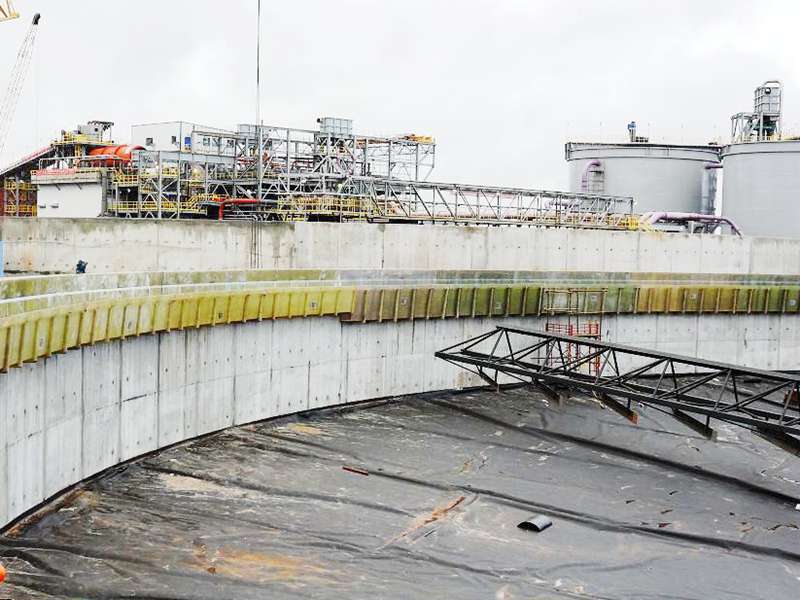
-
 Afrikaans
Afrikaans -
 Albanian
Albanian -
 Amharic
Amharic -
 Arabic
Arabic -
 Armenian
Armenian -
 Azerbaijani
Azerbaijani -
 Basque
Basque -
 Belarusian
Belarusian -
 Bengali
Bengali -
 Bosnian
Bosnian -
 Bulgarian
Bulgarian -
 Catalan
Catalan -
 Cebuano
Cebuano -
 China
China -
 China (Taiwan)
China (Taiwan) -
 Corsican
Corsican -
 Croatian
Croatian -
 Czech
Czech -
 Danish
Danish -
 Dutch
Dutch -
 English
English -
 Esperanto
Esperanto -
 Estonian
Estonian -
 Finnish
Finnish -
 French
French -
 Frisian
Frisian -
 Galician
Galician -
 Georgian
Georgian -
 German
German -
 Greek
Greek -
 Gujarati
Gujarati -
 Haitian Creole
Haitian Creole -
 hausa
hausa -
 hawaiian
hawaiian -
 Hebrew
Hebrew -
 Hindi
Hindi -
 Miao
Miao -
 Hungarian
Hungarian -
 Icelandic
Icelandic -
 igbo
igbo -
 Indonesian
Indonesian -
 irish
irish -
 Italian
Italian -
 Japanese
Japanese -
 Javanese
Javanese -
 Kannada
Kannada -
 kazakh
kazakh -
 Khmer
Khmer -
 Rwandese
Rwandese -
 Korean
Korean -
 Kurdish
Kurdish -
 Kyrgyz
Kyrgyz -
 Lao
Lao -
 Latin
Latin -
 Latvian
Latvian -
 Lithuanian
Lithuanian -
 Luxembourgish
Luxembourgish -
 Macedonian
Macedonian -
 Malgashi
Malgashi -
 Malay
Malay -
 Malayalam
Malayalam -
 Maltese
Maltese -
 Maori
Maori -
 Marathi
Marathi -
 Mongolian
Mongolian -
 Myanmar
Myanmar -
 Nepali
Nepali -
 Norwegian
Norwegian -
 Norwegian
Norwegian -
 Occitan
Occitan -
 Pashto
Pashto -
 Persian
Persian -
 Polish
Polish -
 Portuguese
Portuguese -
 Punjabi
Punjabi -
 Romanian
Romanian -
 Russian
Russian -
 Samoan
Samoan -
 Scottish Gaelic
Scottish Gaelic -
 Serbian
Serbian -
 Sesotho
Sesotho -
 Shona
Shona -
 Sindhi
Sindhi -
 Sinhala
Sinhala -
 Slovak
Slovak -
 Slovenian
Slovenian -
 Somali
Somali -
 Spanish
Spanish -
 Sundanese
Sundanese -
 Swahili
Swahili -
 Swedish
Swedish -
 Tagalog
Tagalog -
 Tajik
Tajik -
 Tamil
Tamil -
 Tatar
Tatar -
 Telugu
Telugu -
 Thai
Thai -
 Turkish
Turkish -
 Turkmen
Turkmen -
 Ukrainian
Ukrainian -
 Urdu
Urdu -
 Uighur
Uighur -
 Uzbek
Uzbek -
 Vietnamese
Vietnamese -
 Welsh
Welsh -
 Bantu
Bantu -
 Yiddish
Yiddish -
 Yoruba
Yoruba -
 Zulu
Zulu
fiberglass damper
Understanding Fiberglass Dampers in Engineering Applications
Fiberglass dampers, a crucial component in various engineering applications, have gained significant attention due to their unique properties and advantages. These devices are primarily designed to control vibrations and dampen mechanical oscillations in structures and machines, serving an essential role in enhancing stability and efficiency.
One of the primary materials used in the manufacturing of dampers is fiberglass, which consists of fine glass fibers woven together to create a durable and lightweight composite. This material is particularly advantageous due to its exceptional strength-to-weight ratio, corrosion resistance, and thermal stability. As a result, fiberglass dampers can be effectively utilized in a wide range of environments, from industrial machinery to construction projects.
In structural engineering, fiberglass dampers play a critical role in seismic design, particularly in earthquake-prone areas. They are integrated into buildings and bridges to absorb and dissipate energy generated by seismic activity, reducing the potential for structural damage. By utilizing fiberglass dampers, engineers can significantly enhance the resilience of structures, ensuring that they can withstand severe vibrations without compromising safety.
fiberglass damper

Furthermore, in mechanical systems, fiberglass dampers are employed to mitigate vibrations in rotating machinery. Excessive vibrations can lead to premature wear and tear, reduced efficiency, and potential failure of components. By incorporating fiberglass dampers, engineers can prolong the lifespan of machinery and improve operational reliability. Their lightweight nature means that they do not add significant weight to the machinery, making them an ideal choice for applications where weight reduction is critical.
Another significant advantage of fiberglass dampers is their ease of installation and maintenance. Unlike traditional dampers, which may require complex setups or frequent adjustments, fiberglass dampers are relatively straightforward to integrate into existing systems. This ease of use can result in lower labor costs and reduced downtime during installation.
Moreover, advancements in fiberglass technology have opened new avenues for customization. Engineers can design dampers tailored to specific applications, optimizing their performance based on vibration frequencies or environmental conditions. This flexibility is essential for projects with unique requirements, ensuring that each damper functions effectively within its intended context.
In conclusion, fiberglass dampers are invaluable in the engineering field, providing effective solutions for vibration control in various applications. Their lightweight nature, strength, and corrosion resistance make them a preferred choice for both structural and mechanical systems. As technology progresses, the continued development and application of fiberglass dampers will undoubtedly lead to safer, more efficient engineering practices across multiple industries.
Latest news
-
Exploring the Benefits of Top Hammer Drifter Rods for Enhanced Drilling PerformanceNewsJun.10,2025
-
High-Precision Fiberglass Winding Machine for GRP/FRP Pipe Production – Reliable & Efficient SolutionsNewsJun.10,2025
-
FRP Pipes & Fittings for Shipbuilding - Corrosion-Resistant & LightweightNewsJun.09,2025
-
Premium FRP Flooring Solutions Durable & Slip-ResistantNewsJun.09,2025
-
Premium Fiberglass Rectangular Tanks Durable & Lightweight SolutionNewsJun.09,2025
-
Tapered Drill String Design Guide Durable Performance & UsesNewsJun.09,2025









